You’re going camping this weekend.
And it’s going to be epic. Days filled with hiking or paddling. Loon-song at sunset. Campfires and s’mores. Starry skies to fall asleep under. Total immersion in nature.
However, the success of it all rests on having the right gear. Because even if the weather turns foul or the fish aren’t biting—if you have a dry tent, good food and a cozy place to sleep… well, how bad could it be?
To ensure your camping trip goes as planned, we’ve compiled the Essential Camping Gear Checklist. Below, you’ll find a comprehensive gear and supplies checklist for three-season vehicle-camping and backcountry camping.
Packs & Bags
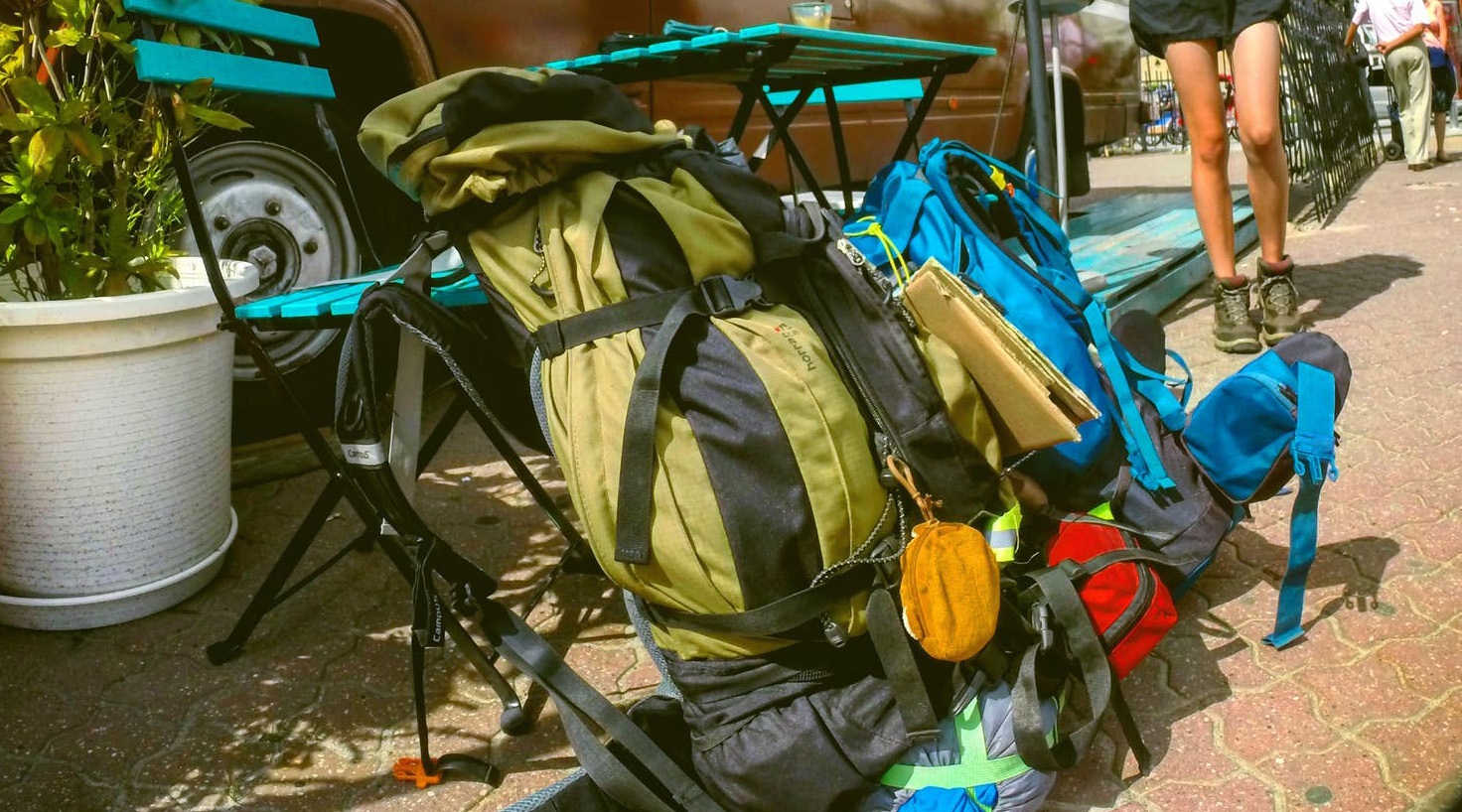
Your choice will depend on a number of factors. Are you backpacking? Paddling? Car-camping?
Duffel Bag: For car-campers, a large (80- to 120-litre) duffel bag will swallow most of your camping gear. Backpack straps are handy.
Daytrip Backpack: Essential for day excursions while camping. Maximum of 25 litres. A hydration bladder is a nice feature.
Overnight/Multi-Night Backpack: Minimum of 60 litres for overnight hiking, consider 70-plus-litres if heading out for multiple nights.
Dry Bags: Always good to have at least one dry bag on hand (10 to 15 litres) to protect electronics or to hang a bear cache. Paddlers, however, should store everything in dry bags. Canoeists can use large (100 litre) dry bags to store their gear; kayakers will need a selection of smaller bags (10 to 20 litres) to stash in cargo holds.
Shelter
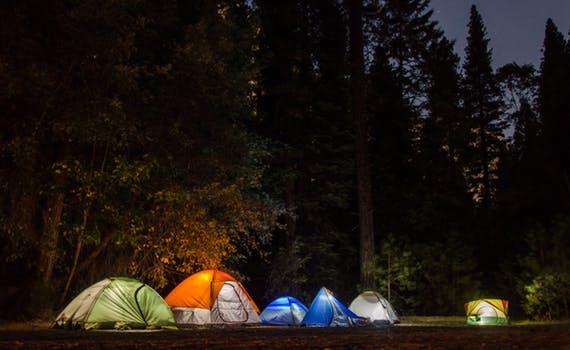
There are a lot of options here: freestanding and non-freestanding tents, hammock tents, bivy bags, lightweight shelters, wall tents and more. For multi-purpose camping in most conditions, a freestanding tent with ample venting and a durable DWR-treated rain-fly is your best bet.
Tent: Choose a three-season tent with a capacity of one more person than will occupy the tent. An internal gear loft, venting, dual entries and vestibules are nice features as well. Practice setting it up before you head out; double check to ensure you’ve packed the poles, stakes and rain fly. For gear longevity, add a seam-sealer and wash in a solar-repellent treatment.
Ground Sheet: A durable tarp with a slightly smaller footprint than your tent. Not always necessary, but nice if you’re headed into a particularly wet area.
Tarp: Lighter-weight than the ground sheet; DWR-treated; polyester, nylon or silicone. Ideal for setting up over the camp kitchen or atop your tent in a downpour.
Bug Shelter: For camping in buggy areas, consider a tarp that has no-see-um mesh on the sides. It’s also good for protecting from sideways rain.
Sleep System

Sleeping bags have come a long way in the past decade or so. Rather than bulky one-size-fits all, campers have choices of shapes, sizes and configurations to suit every need. For summer car-camping, a roomy rectangular bag is best. For three-season camping and/or backpacking, a smaller-and-warmer mummy bag is ideal. And a proper mattress is not just for comfort, it’s vital for warmth. (Don’t forget the pillow!)
Sleeping Bag: To stay cozy, aim for a temperature rating of five degrees Celsius colder than the nighttime low-temperature you’ll likely encounter. Down-fill compresses lighter and smaller, is generally the warmest and offers the best at temperature regulation—but is expensive and requires the most care. Synthetic fill is ideal for wet conditions and requires little care—but offers less warmth-for-weight and breathability. Hydrophobic down is great for all conditions—but it's the mostly costly of all.
Mattress: Car-campers should err on the side of comfort, where backpackers need the smallest-packing and lightest-weight mats. For the former, look for a plush self-inflating mat with ample foam; for the latter, an air mat may be all you require.
Pillow: Today’s blow-up or pack-pillows are an easy way to add comfort. In a pinch, bundled clothes or a puffy jacket can also work as a pillow.
Apparel
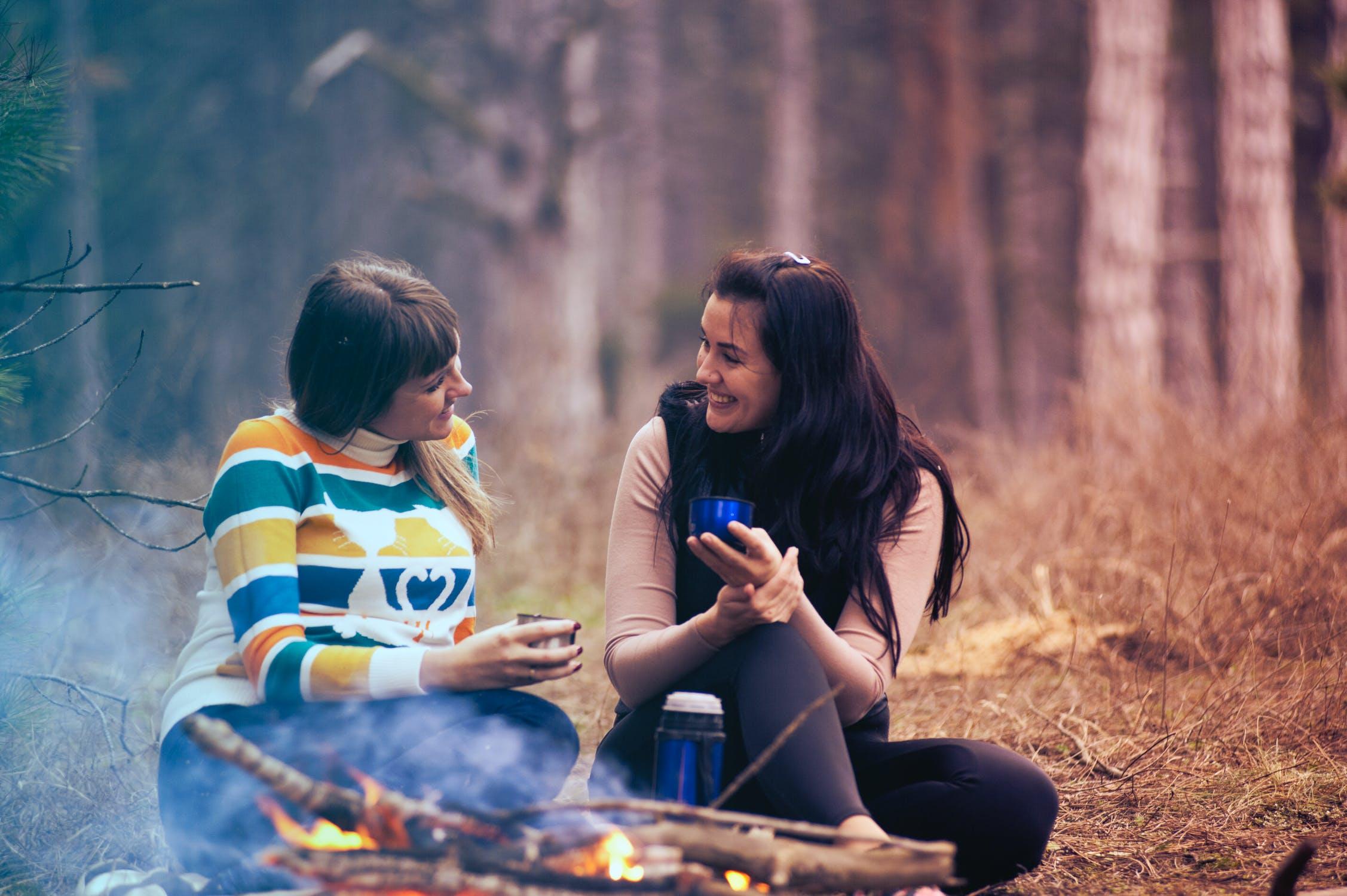
Your clothing should answer the call of comfort, warmth and weather protection. Make sure you’re prepared for the worst weather you’re likely to encounter.
Base Layers: Wool, wool-synthetic blend or technical synthetic fabrics. That means socks too—cotton socks cause blisters!
Mid-Layers: Fleece or wool sweaters are great mid-layers; if weight/space is a concern, opt for a down-filled puffy jacket. Nylon or cotton-blend pants and shorts offer great durability.
Outer-Layer: Always pack a waterproof jacket. If you’re travelling in the backcountry, consider rain pants too. Gloves/mitts may be appropriate in high-alpine or far north environs.
Headwear: In summer, wear a sun hat—wide-brimmed or ball-caps (trucker style, for venting and water resistance) are great options. In spring, fall and winter, make sure you bring your toque (which is nice for sleeping in too). Sunglasses are important too; doubly so when paddling.
Footwear: For car camping, easy walk-in camping or paddling, a hiking shoe is best: low cut, quick-drying and with rubber lugs. For backpacking trips, a high-cut, stiff-soled, deep-lugged boot will offer the support and grip you need. Waterproof-breathable membranes stop that annoying trail moisture from seeping in. If backpacking, bring a pair of comfy sandals as well—they’re nice to slip into after a long day on the trail. If canoeing or kayaking, pack water shoes for the daily paddle.
Cooking & Food
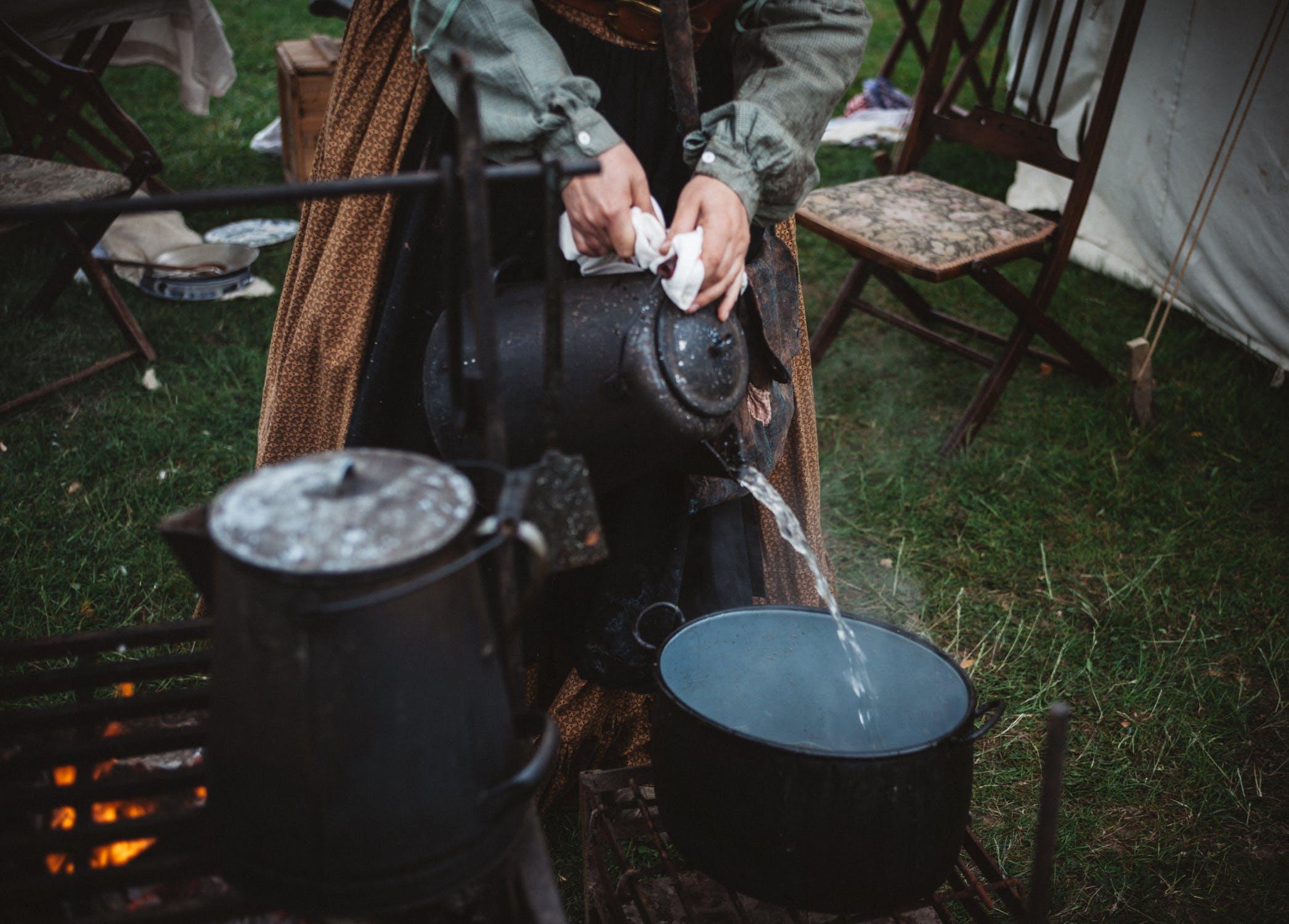
Car camping and canoeing allows you to be more generous with your food and equipment. Backpacking trips require extremely lightweight gear and food.
Stove: Camping stoves range from minimalist stick-stoves to multi-burner camp barbecues. A solid all-purpose option is either a canister stove (pictured) or a liquid fuel stove. The former consists of a small burner that attaches to a canister of compressed butane/isobutene. It’s lightweight and easy to use, but requires specific canisters of fuel. The latter—a burner that attaches to a refillable white-gas cylinder—is heavier and larger, but the fuel is cheaper and more widely available.
Pots & Pans: At minimum, bring a lightweight aluminum cookware set consisting of a frying pan and a saucepan. For car-camping and canoeing, a cast iron Dutch oven allows for classic campfire cookouts. Add a kettle or campsite French-press for luxury.
Eating Kit: Per person: a plate, bowl, cup and multi-use eating utensil (knife/fork/spoon). One small cutting board is useful too. Also, bring a water bottle; consider an insulated bottle when camping in extremely hot or cold conditions.
Food & Hydration: If you’re carrying all your gear in a backpack, lightweight freeze-dried meals offer the best energy-to-weight ratio. The downside is cost (usually $8 to $12 per person, per meal). Taste has improved over the years. Car camping allows for fresh veggies and fruit, canned stews and soups, meat, eggs, dairy and whatever else you can fit in your cooler and food-bag. Canoe/kayak camping invites a mix of backpacking meals and fresh/frozen options. In all instances, look for wholesome foods with high calorie-to-weight ratios: whole grains, beans and meat or meat-substitute. Ideal snacks include nuts, dried fruit, beef jerky, protein/granola bars, trail mix and chocolate. Hydration is key. Plan to drink two to three litres of water every day, increasing as heat or physical activity demands. Always filter or purify water from a natural source. Add instant coffee or tea bags for the morning and hot chocolate at night. And remember graham crackers, chocolate and marshmallows—for s’mores. There’s always room for s’mores.
Food Storage Tips: You can get away without a cooler if you wrap frozen meat in newspaper or other insulating material and cook it on the first or second night. Store eggs in the carton they came in—or buy a plastic egg holder—they’ll stay edible for a day or two, longer if they’re farm-fresh. Pre-chop veggies and store in Tupperware; you want to limit campsite meal-prep. If you’ve brought a cooler, remember that every time you open it you’re drastically reducing the lifespan of the food within. Aim to open the lid only three times daily and for super-short durations.
Other Considerations: Bring cooking oil (re-use) and salt/pepper and/or hot sauce. Also pack biodegradable dish soap, pot scrubber, water filter (if backcountry camping) and waterproof matches/lighter or a fire-steel. And bring a dish-washing tub—hard-sided or collapsible. Leave No Trace ethics prohibit dishwashing directly in a natural water source. (So, yeah, you gotta pack everything and the kitchen sink.) If you’re travelling in the backcountry, make sure to pack a bear-bag (a dry bag works well) and a length of cord (15 metres) to hang it with. Otherwise, store food in your vehicle. Pro tip: only use your stove and pots and pans for breakfast and dinner; you don’t want to waste the mid-day doing dishes.
Equipment & Accessories
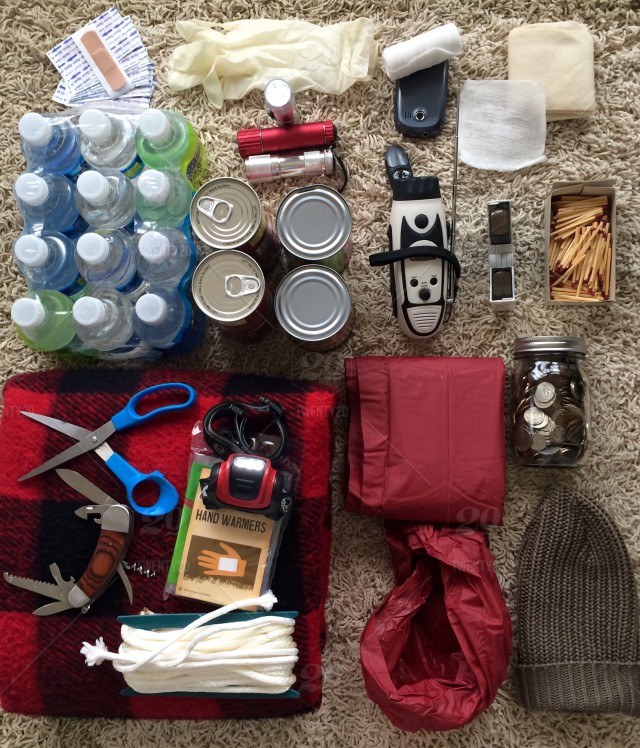
You have a place to sleep, a warm bed, proper clothes and well-stocked kitchen. What’s next?
Headlamp and/or Flashlight: Remember extra batteries. Add a portable lantern for a luxury car-camping setup.
Knife and/or Multi-Tool: An essential campsite tool; also handy for cooking. Add a hatchet if you’re going into the backcountry.
Sun and Bug Protection: Minimum SPF 30 waterproof sunscreen (50 is better) as well as bug-repellant cream/spray—alcohol-free and with 15 per cent DEET or more is best.
Toiletries: Along with dental care and basic hygiene, pack hand sanitizer and use it before every meal or snack and after every bathroom break. Always bring a roll of toilet paper. And store all scented toiletries either in your car or in a bear-bag.
Camp Chair or Hammock: Because you want to be able to stay up late, counting stars in comfort.
Notepad and Pencil/Pen: For recording your profound wilderness thoughts.
Repairs: Duct tape and bailing wire can fix a lot of problems. If weight/space is a concern, wrap a length of tape and wire around a pencil and store it in your pack.
Personal Kit: Prescription medicine, contact lens solution, extra eyeglasses, knee-brace, antacid—consider your individual needs to customize this list.
Safety & Emergency Preparedness
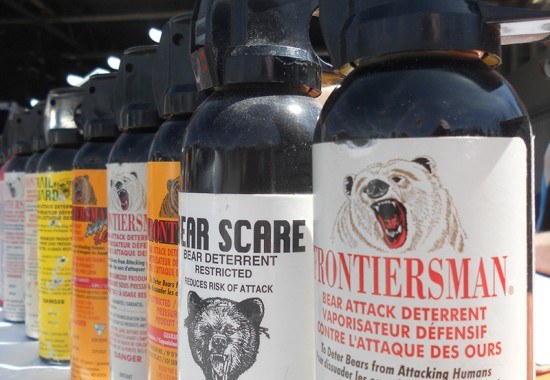
A first-aid kit is necessary even when car-camping in a well-travelled campground. In the backcountry, navigation and emergency preparedness are primary concerns.
First-Aid Kit: Your first-aid kit should include at minimum: treatment for blisters, adhesive bandages, gauze, tape, disinfectant, painkillers, relevant prescription drugs (if applicable), anti-diarrheal and water purification tablets. Add a space blanket if travelling in the backcountry. Add a whistle for bonus points. This can all be stuffed into a very compact case or even a zip-lock bag.
Fire: Waterproof matches or fire-steel and fire-starters. Consider a fire-steel, for its durability, longevity and compactness. And make your own fire-starters by soaking a few cotton balls in Vaseline then stuffing them in a zip-lock. If needed, fluff the ball up, put a spark to it and be amazed by the burn!
Navigation and Communication: For hikers and paddlers, always travel with the following: a trail map, a compass (and the knowledge of how to use it) and your phone, or a satellite communication device if you’re out of range. A modern smartphone likely has the first two items built-in—and that’s super handy—but batteries die, devices get dropped and cell service disappears. Always have old-school backups.
Wildlife Safety: If dangerous wildlife is a concern, pack bear spray and/or an air horn. Learn to use it properly. Visit http://bearsafety.com/ for more info on Bear Safety and More...
Final Considerations
Some of these are optional, some are trip-specific and one is a very important note on wilderness ethics.
Fishing Gear: Appropriate gear will vary, but a safe bet for most lakes and rivers is a light spinning rod and reel (six- to 10-pound-test) with three to five lures (spinners and spoons), a selection of swivels and clips plus the appropriate fishing licence.
Camera: Your phone for selfies, a DSLR with a zoom lens for serious stuff.
Portable Battery: For recharging devices in the backcountry. Some models include solar panels for infinite energy.
Binoculars: Looking for wild critters? 10x42mm is a good all-purpose magnification.
Bug Hat/Jacket: In extremely buggy regions, you may need this level of protection.
Go Swedish: The reusable, weatherproof blue bags from certain Scandinavian furniture-manufacturer are ideal for packing around food and gear while car-camping.
Paddling Safety/Rescue: If you're canoeing or kayaking, you'll also need a PFD, extra paddle, heaving line, sound signalling device, bailer/pump, rebounding device and perhaps even a radar reflector, flares and navigation lights (ocean travel).
Leave No Trace: Real campers always abide by this ethos. Bring a trash bag to pack out what you pack in. Leave the campsite better than you found it. Limit your usage of disposable containers. Only build a fire in an established ring. Travel on-trail whenever possible. Respect flora, fauna and other campers. Be prepared and plan ahead.

